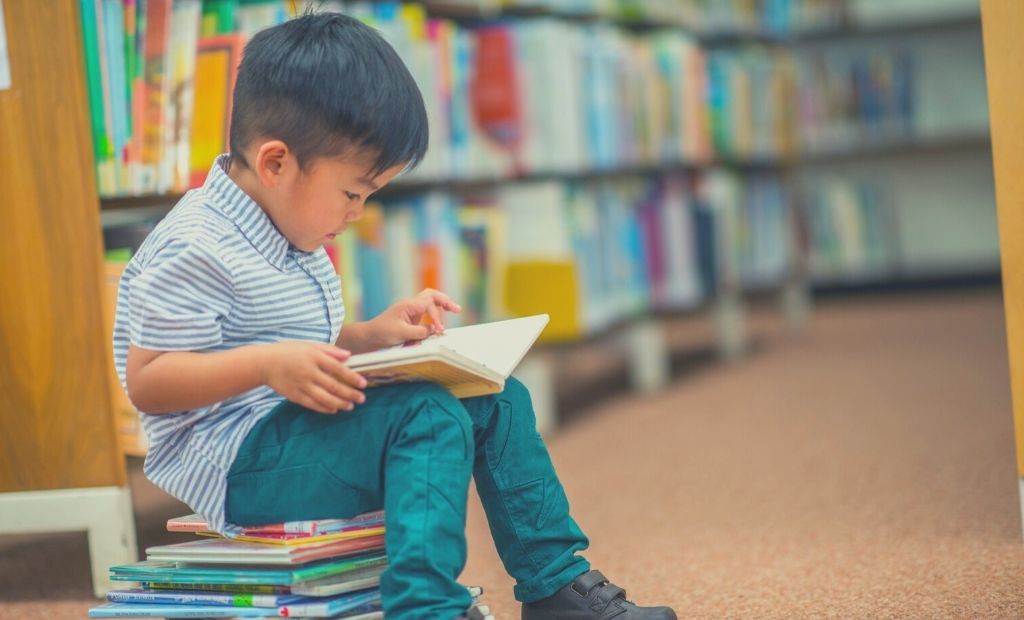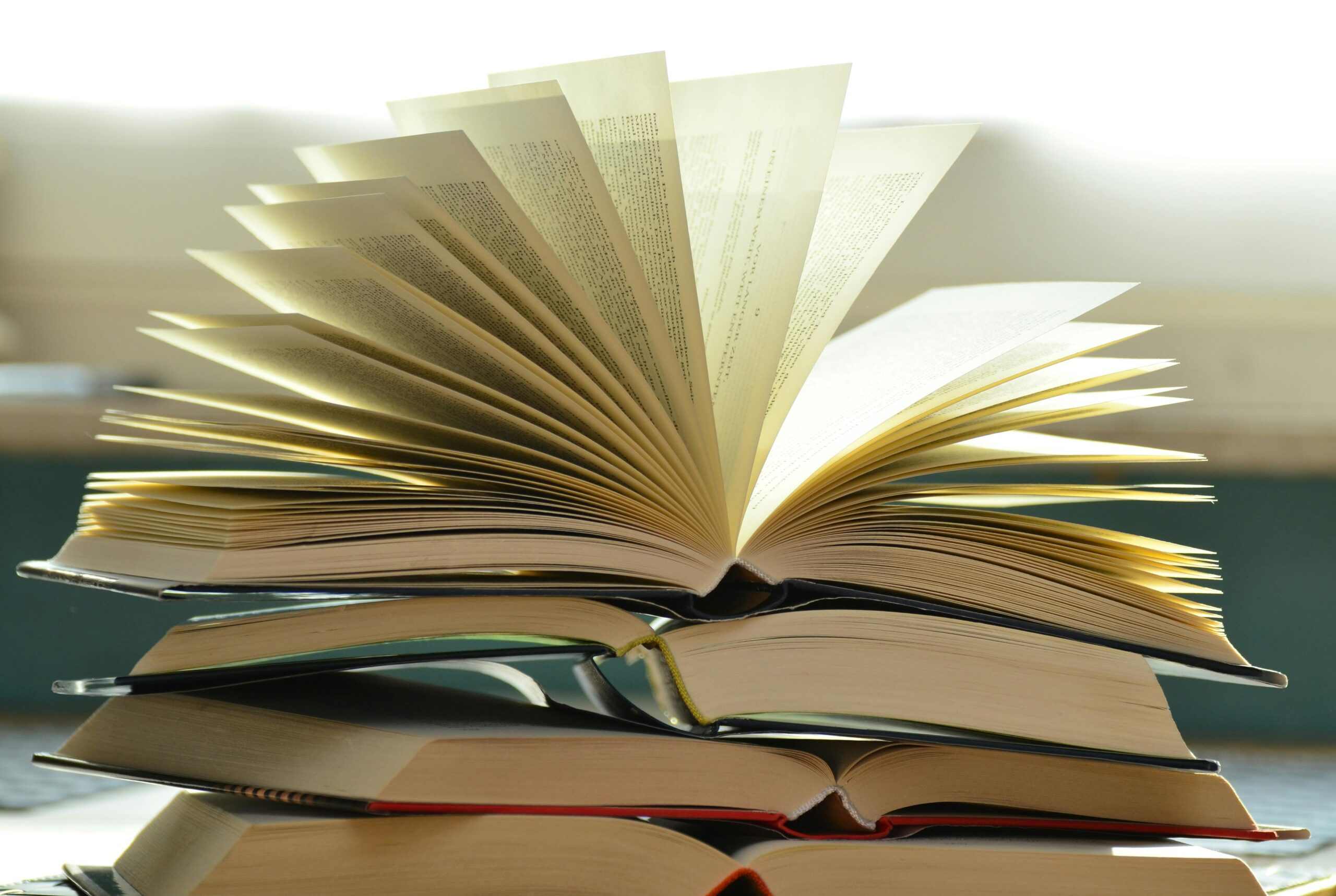Who did not remember that Quixote in Quechua that, along with thousands of other books, Belisario Betancur donated to the Library of the Pontifical Bolivarian University? Or the Koran, by Muley Zaydan, which became part of the personal library of the Sultan of Morocco and entered Spain in 1611?
Those volumes, owners of such striking mentions, important in any library, were delivered by the former president in 2007, as an act of gratitude, since he graduated from that University as a lawyer sixty years ago.
They numbered 19,000 and now make up the Belisario Betancur Collection.
Four years later, on April 18, 2011, the same director added some titles to that collection. It was then that The Treaty of Tordesillas from the 15th century arrived on the shelves, the commitment signed in Tordesillas on June 7, 1494 between Isabel and Fernando, kings of Castile and Aragon; and Juan II king of Portugal, by virtue of which a division of the zones of conquest and annexation of the new world was established through a dividing line of the Atlantic Ocean and adjacent territories.
A Medieval Bestiary of Don Juan de Austria, dating from the 16th century, which teaches that in the Middle Ages they recomposed figures of different species, dragons, mermaids, gargoyles, with fantastic stories about the beasts.
The historian Libia Restrepo, a professor at that university, stressed in Universia.net News the importance and cultural value of the donation. He said that the Belisario Betancur collection “is one of the greatest treasures we have in the city, here you can find texts that cannot be found anywhere else, and that is the result of the generous donation that Dr. Belisario makes to the University as his alma mater, he is a grateful son of this university.”
What are they and what are they for?
Doris Henao, Director of Research at the School of Library Science at the University of Antioquia, believes that this practice, the donation of books and educational materials, is important in a country like ours, where public, community, neighborhood, and popular libraries They do not have many resources to survive and sustain themselves.
“They find, through donation campaigns, a way to satisfy the needs of their users.”
It also explains that the donation campaigns can be open, so that literature material, school textbooks, science books arrive at the library…
Or closed, so that documents from a specific area are delivered there.
This appreciation coincides with that of Maria Isabel Duarte, coordinator of the Documentary Heritage Room of the Eafit Library:
“When they offer us a book, a document, archives, a complete library or any material in donation —he says— we are very happy, because we are the object of this gesture of generosity. We know that the objects have a sentimental value for people and families and we understand that it is a detachment action”.
“Sometimes, individuals have important documents for research on different topics.”
This explains why a collection like that of the former president can be important, despite the fact that these volumes cannot be handled at all hours, but rather remain stored in showcases, like museum items: the books do not stay there, like dead.
They are reserved, that is, they will not be borrowed to be taken out of the study room, but researchers or scholars can use them, who must register in the library to access them.
So those reserve collections are useful: it allows academic advancement.
“It is important that the general public knows that these highly valuable materials exist,” explains Doris Henao. In addition, libraries are looking for strategies so that researchers can use them without deteriorating the material. Two of them are copying and microfilming. Thus, scholars can access the information and it does not deteriorate”.
Inspire confidence

To the libraries of great prestige, such as the Piloto, which is sixty years old, the donations are permanent. Many people decide to give them their documentary material because they are convinced that they will put it to proper use.
Cruz Patricia says that this year, when the headquarters is receiving structural strengthening work, they have a warehouse to store it.
At least 20,000 recently received books, he estimates, are there awaiting review and classification.
Gloria Elena Bedoya Osorio, director of the Library System of the Pontifical Bolivarian University, says that they receive whatever material is given to them. Then comes the selection process.
“If we didn’t make a selection — says Gloria Elena — it wouldn’t reach the space”.
Complete this comment with a piece of information:
“Of the material that comes to us through donations, more or less 85 percent does not enter our collections.”
Libraries also donate
Among the selection policies that these entities share in order to keep books ordered and classified for consultation, they agree that they must be in good condition, free of fungi or bacteria, original and not pirated. Also that they are not photocopies and that they are not obsolete material.
Public libraries, which serve a very broad and diverse universe of users, receive documents from numerous areas of knowledge. Those of universities and colleges emphasize topics related to the areas of knowledge in which their students are grouped.
Nubia Valencia, Exchange and Donation assistant at the Carlos Gaviria Diaz Library, of the University of Antioquia, explains that donors are different. Some are not interested in the acknowledgment of receipt, while others are.
“A person manifests, for example, his desire to deliver about 50 books. I request you to send us the list with title, author and year of publication. This way we can establish if we have the material in our collection and if the one we have is older or newer than the one they offer us”.
When it comes to a complete library, explains María Isabel, from Eafit, a notarial document is completed in which the quality of the transfer of the material is defined, if it is a donation and the inventory is attached.





Leave a Reply